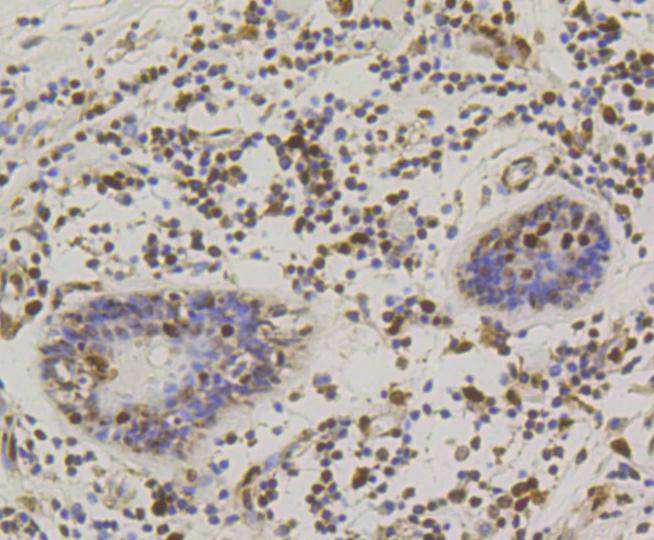Eukaryotic gene transcription is regulated by sequence-specific transcription factors that bind modular cis-acting promoter and enhancer elements. The ATF/CREB transcription factor family binds the palindromic cAMP response element (CRE) octanucleotide TGACGTCA. The ATF/CREB family includes CREB-1, CREB-2 (also designated ATF-4), ATF-1, ATF-2 and ATF-3. This family of proteins contains highly divergent N-terminal domains, but shares a C-terminal leucine zipper for dimerization and DNA binding. Although CREB can bind to DNA in an unphosphorylated state, it cannot activate transcription. Phosphorylation of CREB on Ser 133 by protein kinase A facilitates its interaction with the CREB-binding protein (CBP) and activates the basal transcription complex. CREB functions in neoglucogenesis through interactions with the nuclear coactivator PGC-1. CREB may play a role in the pathogenesis of type II diabetes and dilated cardiomyopathy.







